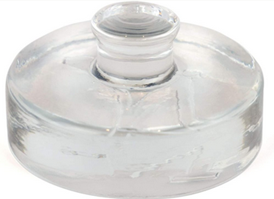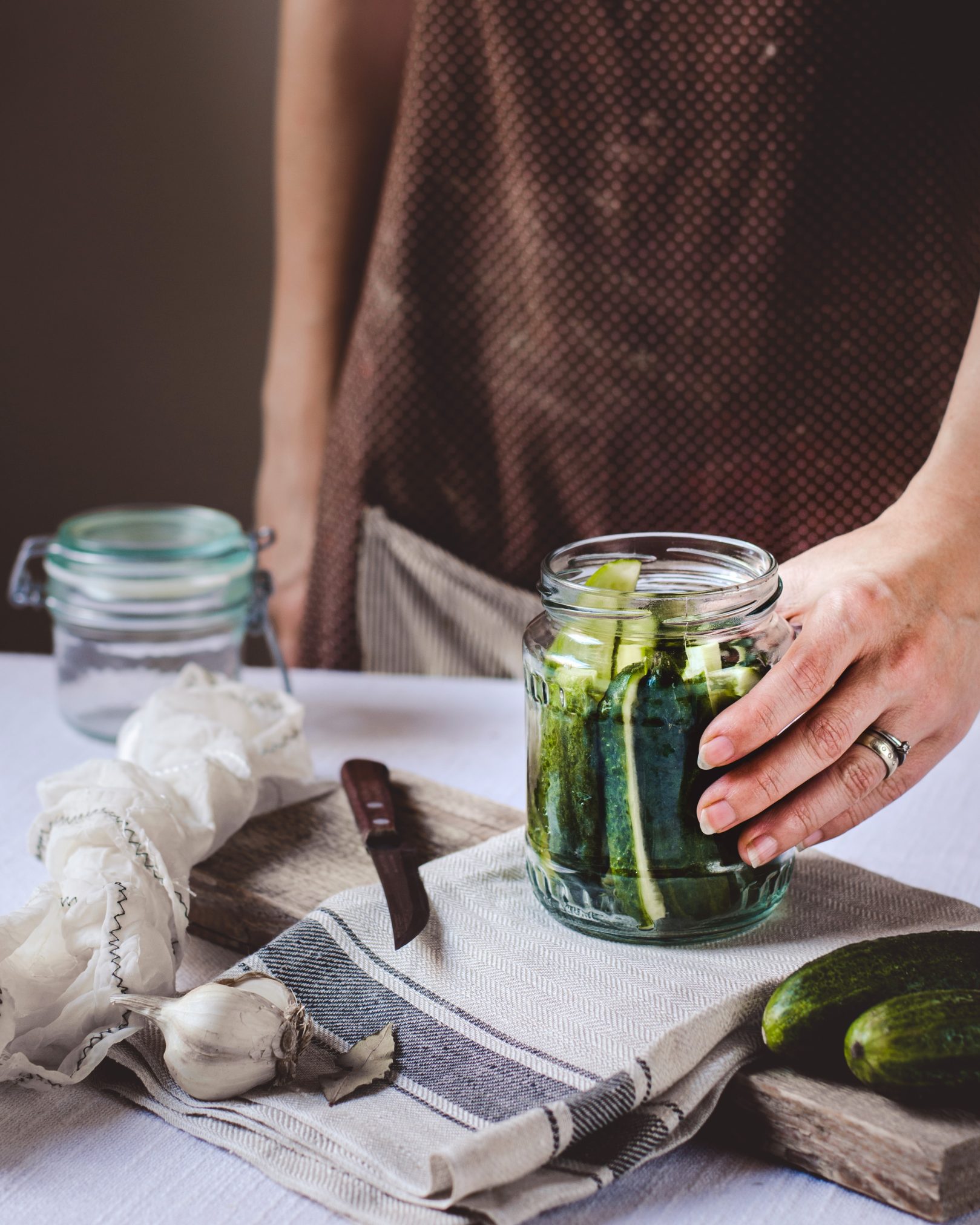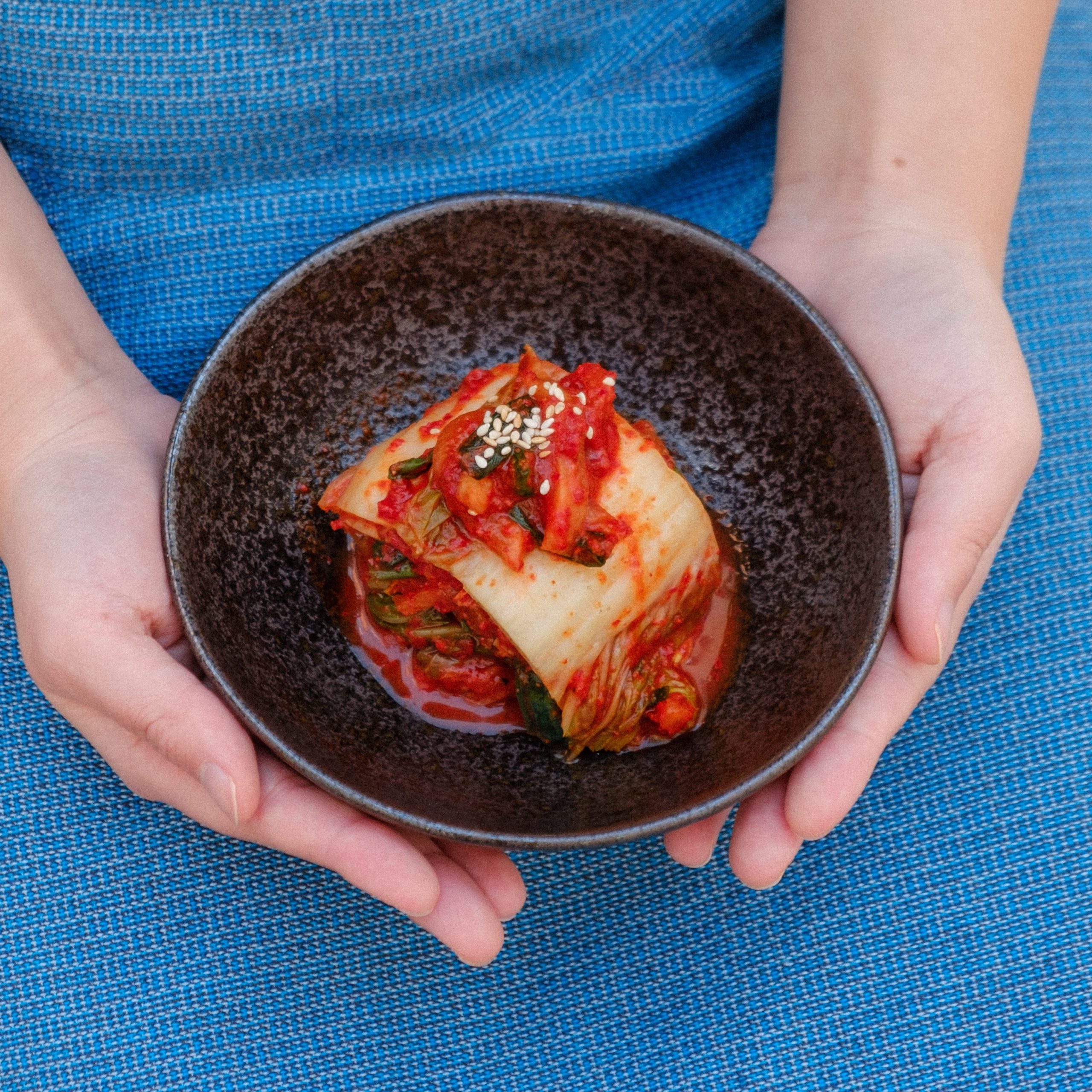Fermentation is an extremely old process, that has been passed down through generations and is shown to be part of numerous cultures. It is thought to have originated sometime between 8,000 to 12,000 years ago in the Middle East, Africa and Asia.

Types of fermentation
Alcohol fermentation: this is when sugar and starches are broken down by yeast and turned into alcohol and carbon dioxide. This is the process used to make wine, beer, and other fermented alcoholic beverages.
Acetic acid fermentation: when sugars and starches from grains and fruits turn into sour versions of themselves. This is the process used to make some types of vinegar and Kombucha.
Lacto fermentation: The most well-known fermented foods are made using this process, which happens when the “Lactobacillus” bacteria turns sugar into lactic acid. This is the type of fermentation we will be focusing on.
How lacto fermentation works
While the idea of allowing your food to grow bacteria can be scary, it is important to note that lactic acid is a natural preservative that stops the growth of harmful bacteria. If done properly and unless your fermented food smells particularly bad or has mold, it is safe to eat and can last up to 9 months in the fridge.
The key to doing lacto fermentation is adding the correct amount of salt to it. Salt contributes to the texture, because it keeps the food crunchy by drawing out the water, and it prevents bad bacteria from taking over good bacteria. The recommended ratio of 1.5% salt to vegetable weight will limit vegetable deterioration, according to the book Fermented Vegetables by Kristen and Christopher Shockey.
As mentioned before, adding salt will draw out the water from a vegetable, creating a brine. In this type of fermentation, a brine is essential, because an oxygen-free environment is necessary so good bacteria can grow.
It is recommended to use filtered water instead of tap, given the minerals present in tap water, more specifically chlorine, which kills both good and bad bacteria. Unrefined salt is preferred over iodized salt because iodine slows down fermentation.
Ideal conditions for vegetable fermentation
Keeping your vegetable away from direct sunlight is key, ideally in the dark, if possible. The temperature should be kept between 12 and 24°C.
Making sure the carbon dioxide can escape
Because lacto fermentation consists of sugars turning into lactic acid and carbon dioxide, it is very important to make sure this gas has a way to escape and doesn’t cause your jar to explode. This could be done by opening the lid once a day to let the gas escape. Another way is to use Air-lock lids that will automatically let the gas escape and you don’t need to remember to do it manually once a day.
Equipment needed for fermentation
You don’t need many things to get started with fermentation. Here’s what you’ll need:
- Glass jar: you can reuse old glass jars that have been thoroughly cleaned.
- Air-lock: as mentioned before, this is not essential, but very helpful to prevent a jar explosion by making sure the carbon dioxide can escape.

- Glass weights: This is to keep the vegetables submerged by holding them down, in order to avoid contact with oxygen.

- Digital scale: adding the correct ratio of salt is very important, so you will need a scale for measuring the correct amount.
- Salt: as mentioned above, unrefined sea salt is recommended.
Some recipes to get you started
Sauerkraut or Pickles are great recipes for beginners because you’ll only need a few ingredients, and the recipes are quite straightforward. We have linked a couple of easy-to-follow recipes to help you get started.

- Pickles recipe, by Brad Leone.
- Sauerkraut recipe, by Brad Leone.
If you are a fan of spicy food, you might want to attempt making Kimchi – spicy fermented cabbage. Kimchi is a Korean staple that has become increasingly popular all around the world in recent years.

Here’s a very detailed recipe, in case you want to learn how to make it:
- Traditional Kimchi recipe, by Maangchi.
Sources:
https://crestfox.com/how-to-ferment-foods-at-home/
https://www.theseasonalhomestead.com/vegetable-fermentation-101/
https://www.ars.usda.gov/ARSUserFiles/60701000/FoodSafetyPublications/p337.pdf



